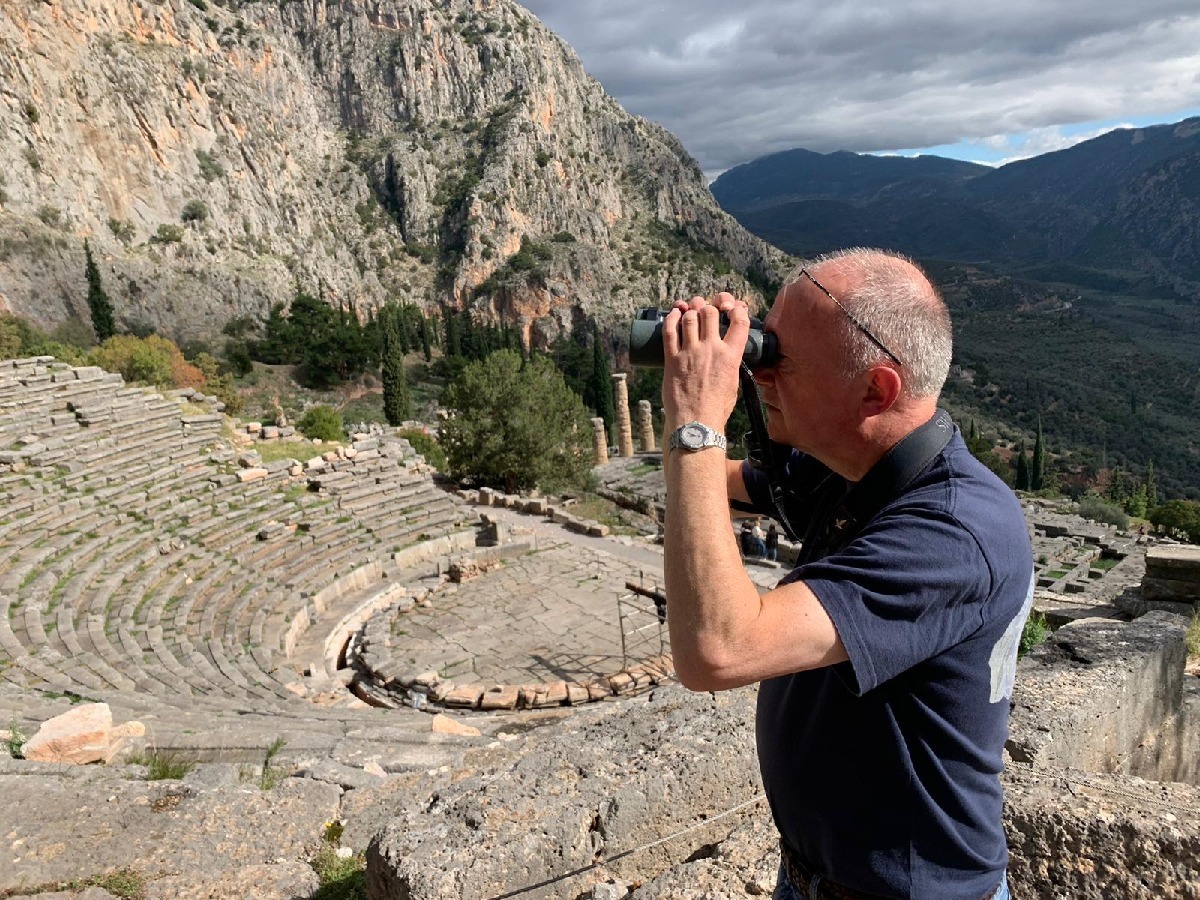- Posts: 32
Further musings on Philippine listing and such
23 Nov 2011 01:07 #1
by Jeremy Hurley
Further musings on Philippine listing and such was created by Jeremy Hurley
I very much look forward to that Mike...
In the hope of not sounding in danger of over-egging the pudding on this one, there are further remarks, while continuing in the same vein, which I would like to bring to light here.
Notwithstanding my opinion in a previous posting, that the list constructed by the WBCP would constitute a worthy starting point, it is interesting to note that it has not strictly followed the taxonomy of Howard and Moore's world list. Although the club has largely followed that authority for historical reasons (the editor of H & M was also co-author of the first Philippine checklist in 1991), some degree of independent discretion has been adopted by themselves. For example, the dissection of the Tarictic Hornbill group, which I alluded to earlier, has been gleaned from other sources, as has the inclusion of other species, such as Grand Rhabdornis, Palawan Blue Flycatcher and Striped Flowerpecker - all featuring in the Kennedy guide but absent in the third edition of H & M.
Yet, as we have learnt, there are still, other, inconsistent omissions, not to mention more potential splits in the wings (pardon the pun), such as the Flameback complex. Very much a work in progress then.
There is the prospect of more cohesion - as the WBCP states, "The intent is to have a Philippine list more closely in accord with what is accepted and used by the rest of the world" and no doubt this will take effect as and when the next anticipated edition of H & M materialises.
What this essentially means, as current state of play, is that a slightly tailor made and hybridised list has been put forward by the WBCP, not strictly adhering to any single scientifically respected listing authority (a more extreme, parallel example of this would be the self-appointed, somewhat "tick happy" UK 400 club list, I guess). So, on that basis, BUBO Listing could go ahead and adopt some creative licence, by cherry picking the best from the rest to put its own spin on a list which reflects the maximum number of splits on record. I do, however, appreciate that this proposal may not be the most rigorous of approaches.
Apologies if this muddies the waters still further for BUBO's authors. As you said, two major lists is one too many! And then there is Sibley and Munroe, as used as a template by the great and late American world lister, Phoebe Snetsinger...
At the end of the day, there is no single, universal and definitive breakdown of all of the world's birds. Controversy and differences of what constitutes a fully evolved species or family group for that matter, abound, despite a move away from the traditional holistic approach to the minutiae of molecular analysis in the lab. There will always be different schools of thought but that is what makes us specially human and life more interesting!
P.S. I can fully appreciate these diversions in the field Mike - the sight of a Hypocolious (Waxwing of the desert?) would be appealing indeed.
In the hope of not sounding in danger of over-egging the pudding on this one, there are further remarks, while continuing in the same vein, which I would like to bring to light here.
Notwithstanding my opinion in a previous posting, that the list constructed by the WBCP would constitute a worthy starting point, it is interesting to note that it has not strictly followed the taxonomy of Howard and Moore's world list. Although the club has largely followed that authority for historical reasons (the editor of H & M was also co-author of the first Philippine checklist in 1991), some degree of independent discretion has been adopted by themselves. For example, the dissection of the Tarictic Hornbill group, which I alluded to earlier, has been gleaned from other sources, as has the inclusion of other species, such as Grand Rhabdornis, Palawan Blue Flycatcher and Striped Flowerpecker - all featuring in the Kennedy guide but absent in the third edition of H & M.
Yet, as we have learnt, there are still, other, inconsistent omissions, not to mention more potential splits in the wings (pardon the pun), such as the Flameback complex. Very much a work in progress then.
There is the prospect of more cohesion - as the WBCP states, "The intent is to have a Philippine list more closely in accord with what is accepted and used by the rest of the world" and no doubt this will take effect as and when the next anticipated edition of H & M materialises.
What this essentially means, as current state of play, is that a slightly tailor made and hybridised list has been put forward by the WBCP, not strictly adhering to any single scientifically respected listing authority (a more extreme, parallel example of this would be the self-appointed, somewhat "tick happy" UK 400 club list, I guess). So, on that basis, BUBO Listing could go ahead and adopt some creative licence, by cherry picking the best from the rest to put its own spin on a list which reflects the maximum number of splits on record. I do, however, appreciate that this proposal may not be the most rigorous of approaches.
Apologies if this muddies the waters still further for BUBO's authors. As you said, two major lists is one too many! And then there is Sibley and Munroe, as used as a template by the great and late American world lister, Phoebe Snetsinger...
At the end of the day, there is no single, universal and definitive breakdown of all of the world's birds. Controversy and differences of what constitutes a fully evolved species or family group for that matter, abound, despite a move away from the traditional holistic approach to the minutiae of molecular analysis in the lab. There will always be different schools of thought but that is what makes us specially human and life more interesting!
P.S. I can fully appreciate these diversions in the field Mike - the sight of a Hypocolious (Waxwing of the desert?) would be appealing indeed.
Please Log in or Create an account to join the conversation.
- Jeremy Hurley
-
 Topic Author
Topic Author
Less
More
